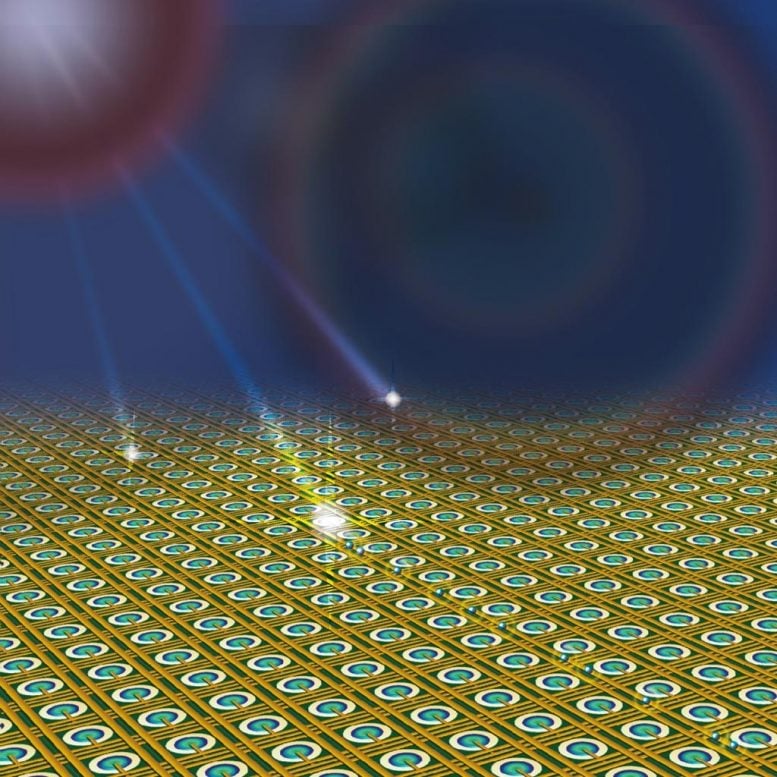
Researchers have developed the first megapixel photon-counting camera based on single-photon avalanche diode (SPAD) image sensors. The new camera can capture images in faint light at unprecedented speeds. Credit: Arianna M. Charbon, Kazuhiro Morimoto, Edoardo Charbon
Megapixel image sensor could bring significant improvements to augmented reality and LiDAR systems for autonomous vehicles.
Researchers have developed the first megapixel photon-counting camera based on new-generation image sensor technology that uses single-photon avalanche diodes (SPADs). The new camera can detect single photons of light at unprecedented speeds, a capability that could advance applications that require fast acquisition of 3D images such as augmented reality and LiDAR systems for autonomous vehicles.
“Thanks to its high resolution and ability to measure depth, this new camera could make virtual reality more realistic and let you interact with augmented reality information in a more seamless manner,” said Edoardo Charbon from the Advanced Quantum Architecture Laboratory (AQUALab) at École polytechnique fédérale de Lausanne (EPFL) in Switzerland. Charbon developed the idea for the new camera and is the founder and head of AQUALab, where the image sensor was designed.
In Optica, The Optical Society’s (OSA) journal for high-impact research, the researchers describe how they created one of the smallest SPAD pixels ever devised and reduced the power consumption of each pixel to less than 1 microwatt while maintaining speed and timing precision. The new camera can acquire images at up to 24,000 frames per second. For comparison, 30 frames per second is the standard rate used to record video for television.
“For transportation applications, this new camera could help achieve unprecedented levels of autonomy and safety by enabling multiple low-power LiDAR devices to be used on a vehicle, providing a fast, high-resolution 3D view of the surroundings,” said first author, Kazuhiro Morimoto from Canon Inc. in Japan. “In a somewhat more distant future, quantum communication, sensing and computing could all benefit from photon-counting cameras with multi-megapixel resolution.”
A new kind of sensor
In less than 20 years, SPAD sensors have advanced from a novelty to versions that are standard in most smartphone cameras and many household devices. This technology’s success comes from the fact that SPAD sensors are extremely efficient at detecting single photons and converting them into electrical signals that are stored in a digital memory. A large format camera can be created by building an array of pixels that each contain a SPAD.
In the new work, the researchers drew on 15 years of SPAD research at the AQUALab in EPFL to create an extremely fast, high-resolution camera that leverages SPAD technology for advanced imaging. The new camera detects single photons and converts them into electrical signals at a record rate of about 150 million times per second. Each SPAD sensor can be finely controlled to allow light in for as little as 3.8 nanoseconds, roughly four billionths of a second. This quick ‘shutter speed’ can capture extremely fast motion or be used to increase the dynamic range — the difference between the darkest and lightest tones — of an acquired image.
The researchers created extremely small SPAD pixels and designed for low power consumption by using a feedback mechanism that almost immediately quenches the avalanche of electrons triggered by photon detection. This improves the overall performance and reliability of the pixels. They also used enhanced layout techniques to pack the SPAD sensors tighter, thus upping the detection area density and enabling a camera with a million pixels.
The researchers then applied sophisticated integrated circuit design techniques to create an extremely uniform distribution of fast electrical signals over the large-scale pixel array. They showed that the shutter speeds varied by only 3 percent over the million pixels, demonstrating that this sensor could feasibly be made using available mass-production techniques.
High-speed 3D imaging
The camera’s speed makes it possible to measure the time a photon hits the sensor very precisely. This information can be used to calculate how long it takes individual photons to travel the distance from a source to the camera, known as time-of-flight. Combining time-of-flight information with the ability to capture a million pixels simultaneously enables extremely high-speed reconstruction of 3D images.
The researchers used the new camera to determine the time-of-flight of photons emitted from a laser source and reflected by a target. They also captured complex scenes that are difficult for other imaging techniques to measure, such as an object viewed through a partially transparent window, and they used the camera to acquire conventional pictures with unprecedented dynamic ranges. In future, they plan to further improve the performance and timing resolution of the camera and to further miniaturize the components to make it more practical for a variety of applications.
For more on this camera, read MegaX: The First Camera to Capture the Smallest Particles of Light.
Reference: “A megapixel time-gated SPAD image sensor for 2D and 3D imaging applications” by Kazuhiro Morimoto, Andrei Ardelean, Ming-Lo Wu, Arin Ulku, Ivan Michel Antolovic, Claudio Bruschini and Edoardo Charbon, 16 April 2020, Optica.
DOI:

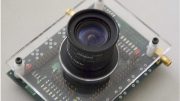

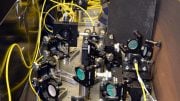
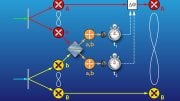
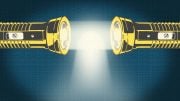

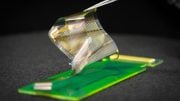

Be the first to comment on "New Photon-Counting Camera With Record Speed and Resolution for 3D Image Capture"